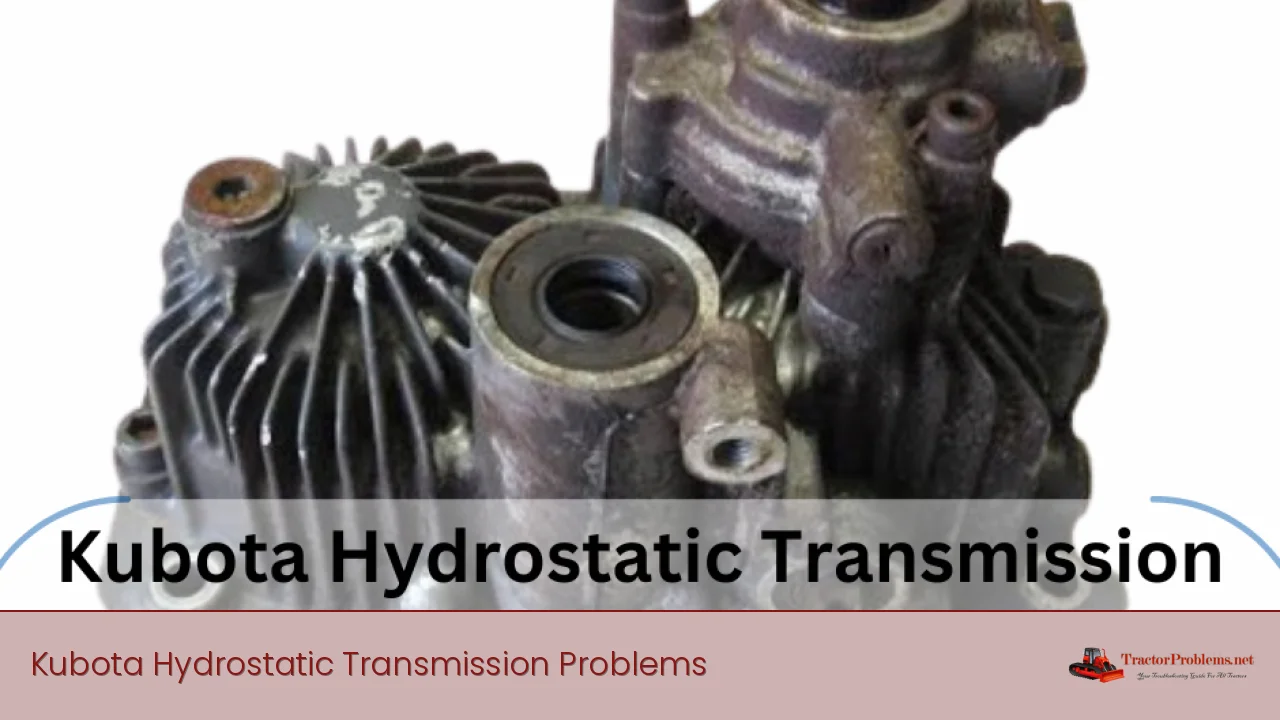Troubleshooting Kubota Hydrostatic Transmission Problems
Having trouble identifying and resolving Kubota Hydrostatic Transmission Problems? Don’t worry, with the help of this guide, you can learn everything you need to know about troubleshooting and fixing these problems. We’ll provide an overview of the hydrostatic transmission system, discuss common signs and symptoms of failure, and outline step-by-step instructions for diagnosing and resolving the issues. We’ll also provide a troubleshooting table to help you quickly pinpoint the source of the problem and get your hydrostatic transmission up and running again. Read on to learn more about Kubota hydrostatic transmission problems and how to fix them.
Oil Leaks
Oil leaks are one of the most common Kubota Hydrostatic Transmission Problems. If the transmission is leaking oil, it’s important to diagnose and repair the issue as soon as possible. The source of the leak can be a faulty seal, damaged gasket, cracked housing, or loose fittings. It is also possible that the oil filter is blocked or that the oil level is too high. To fix this issue, it is necessary to inspect and clean all components, replace any damaged or worn parts, and ensure the oil level is correct.Noise or Vibration
Noise or vibration coming from the transmission is another common issue. This could be caused by a worn bearing, misaligned gears, incorrect oil level, or a faulty clutch. To resolve the issue, it is necessary to inspect all components, check the oil level, and replace any worn or damaged parts. Additionally, the transmission should be correctly aligned and the clutch adjusted for optimal performance.Slippage
Slippage is a frequent Kubota Hydrostatic Transmission Problem that can cause the engine to lose power and the machine to move slower than expected. This can be caused by a worn belt, worn clutch, or a malfunctioning transmission. It is necessary to inspect all components, replace any worn or damaged parts, and adjust the clutch for optimal performance. Additionally, the transmission should be serviced regularly to prevent further issues.Key Takeaways for Troubleshooting Kubota Hydrostatic Transmission Problems
- Inspect and clean all components to diagnose and fix oil leaks.
- Diagnose and repair noise or vibration by inspecting all components, checking the oil level, and replacing any worn or damaged parts.
- Identify and fix slippage by inspecting all components, replacing any worn or damaged parts, and adjusting the clutch.
- Service the transmission regularly to prevent future issues and ensure optimal performance.
